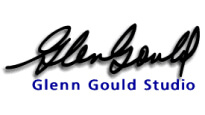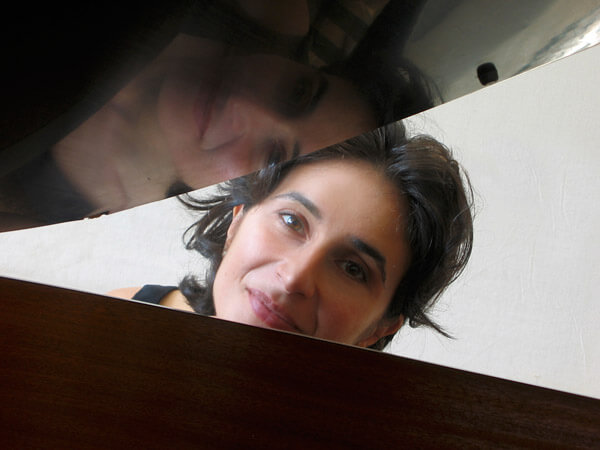 To celebrate the release of 5, a new album of posthumously discovered works by Ann Southam, the acclaimed pianist Eve Egoyan performed a solo recital at the Glenn Gould Studio in Toronto, Ontario, on Friday, April 19, 2013. The concert featured one work from the new album, Returnings II, as well as works by Taylan Susam, Piers Hellawell, Michael Finnissy, and Claude Vivier.
To celebrate the release of 5, a new album of posthumously discovered works by Ann Southam, the acclaimed pianist Eve Egoyan performed a solo recital at the Glenn Gould Studio in Toronto, Ontario, on Friday, April 19, 2013. The concert featured one work from the new album, Returnings II, as well as works by Taylan Susam, Piers Hellawell, Michael Finnissy, and Claude Vivier.

The repertory Egoyan chose is a testament to her confidence as a performer. Susam’s three Nocturnes were extremely similar in character and language: each featured a single voice that slowly descended from the highest register of the piano to the lowest, none of them ever creeping above the softest dynamic. Their homogenous character as a group defies the daily movement we experience toward and away from nighttime, as if night simply were, unchanging and unrelenting in its night-ness.
Piers Hellawell’s Piani, Latebre contains three movements, each of which combined two predetermined paradigmatic techniques at the piano which included the flourish, the tremolo, and the melody-with-accompaniment texture of stride piano. The most endearing quality of Hellawell’s work was the various textures he created through the juxtaposition of the chosen techniques—particularly through the use of contrasting meters—which Egoyan executed with stunning clarity.
Vivier’s Shiraz was a work of astounding virtuosity. The title is a reference the Iranian city, which the composer calls “A pearl of a city, a diamond vigorously cut,” in his program note. He set out to write a work that was sculpted out of the movement of the pianist’s hands, and they moved plenty during this performance. The virtuosic passages were like a caffeinated version of Prokofiev’s Toccata Op. 11, with fully-voiced harmonies in both hands quickly moving in contrary motion at the keyboard. Formally, the work resembled Vivier’s description of a cut diamond: the virtuosic passages were contrasted by a group of very soft sections built on several dyads with little transition to speak of between the two.
Finnissy’s Skryabin in itself shared the vigorously cut formal structure of Vivier’s work. Two textures—one virtuosic and aggressive, the other soft and melodic—alternated throughout the work, the virtuosic passages becoming less dramatic and the melodic sections more dramatic with each iteration. By the end of the work, the music found itself in a middle ground between the two that was intriguing, but did not quite live up to the promise established by the conversation between them.

Southam’s Returnings II was by far the standout work in this recital. Like all of Southam’s works bearing the name “Returning,” it features a consistently pulsed drone made of a perfect fifth, which provides a soft and subtle musical landscape for the entire work. Alternating dissonant and consonant harmonies weaved in and out of that landscape in a way that made each duplicitous: both dissonances and consonances provided feelings of serenity and anxiety at different moments. On the album, the work is a touchingly beautiful thing; performed live, the effect was truly extraordinary. It seduces, deceives, and then reassures you with the faintest of whispers.
One can easily tell the type of music that attracts Egoyan through her programming. The recital featured not only flashy and virtuosic passages (for which she is overly qualified), but also soft and delicate melodic lines, which were each placed with the utmost care and attention. Egoyan is truly an astounding performer, and the album of Southam’s music that this evening celebrated is a perfect demonstration of that.
5, Ann Southam, Eve Egoyan (piano) (Centrediscs, 2013) | Buy it on Amazon US | Amazon Canada | Amazon UK
























